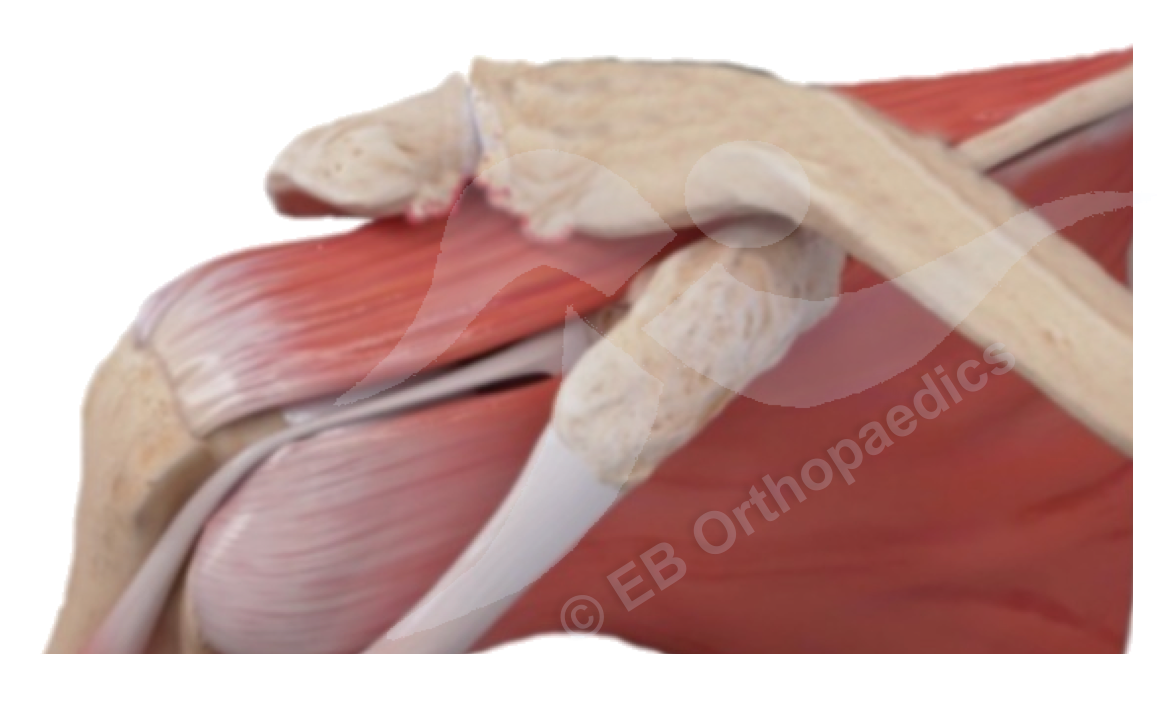ACJ (acromioclavicular joint) arthritis

The acromioclavicular joint (ACJ) is the joint formed by the clavicle (collar bone) and the acromion (the top of the shoulder and part of the shoulder blade).
Arthritis of the ACJ is very common with increasing age, however just because there is arthritis of the ACJ does not necessarily mean it will cause symptoms.
While arthritis can be part of the wear and tear of ageing, it can also follow a specific injury or repetitive injuries to the joint, particularly from overhead activities.
While pain may be felt at the top of the shoulder, sometimes it is more general affecting the whole shoulder. Often, people find it difficult to sleep on the affected side and it can wake them if they roll over in bed. Gym work or heavy work can also be restricted.
Often, avoiding those activities which bring on the pain is sufficient to control symptoms, while general painkillers may be used if the pain is troublesome.
Steroid injections may be helpful, both to confirm the ACJ as the source of the shoulder pain but also to provide symptomatic relief, although it is often of only temporary benefit.
For those patients who have persistent symptoms despite non-surgical treatments, surgery may be helpful. The aim of the surgery is to remove the painful part of the joint to prevent the end of the clavicle rubbing on the acromion. This can be done using arthroscopic (keyhole) or open (cut on the top of the shoulder) techniques.
After surgery you will have a sling. The sling is usually worn for 2 weeks. Light two-handed activities can start at 2 weeks from surgery and moderate lifting from 6 weeks.
The majority of people have good relief of their symptoms following surgery.